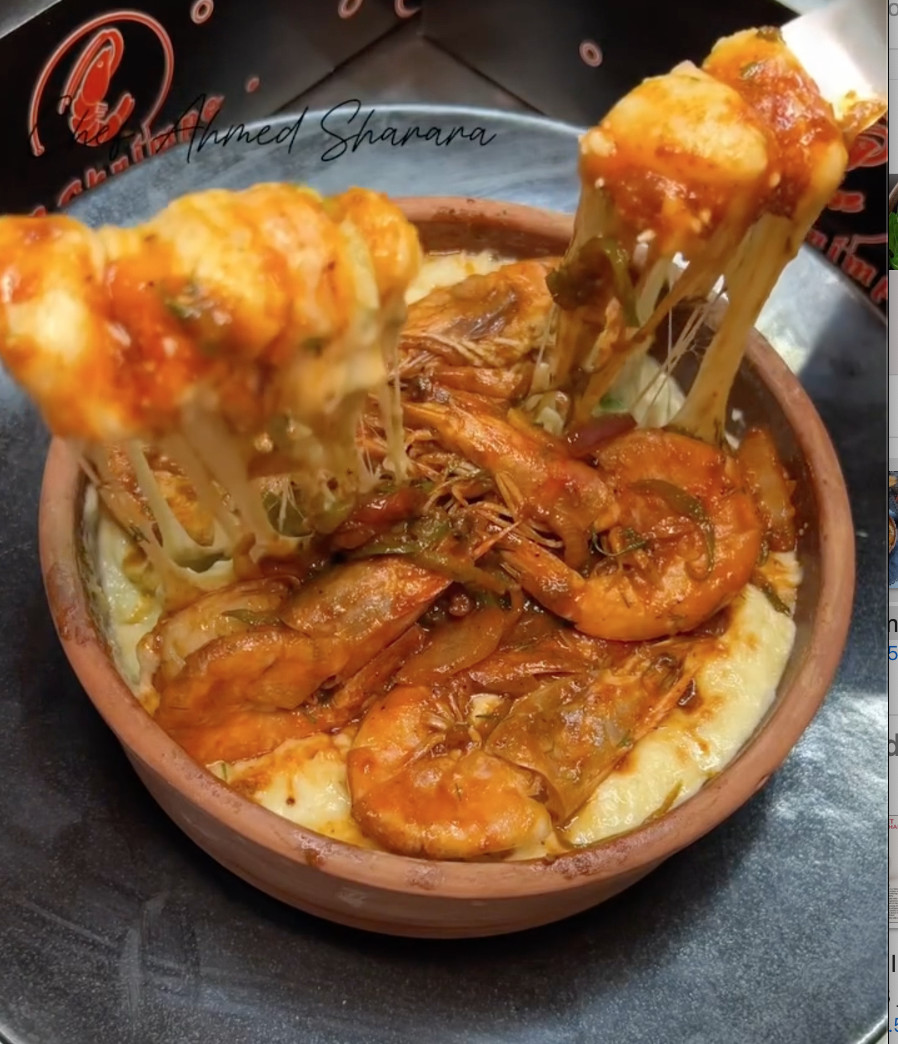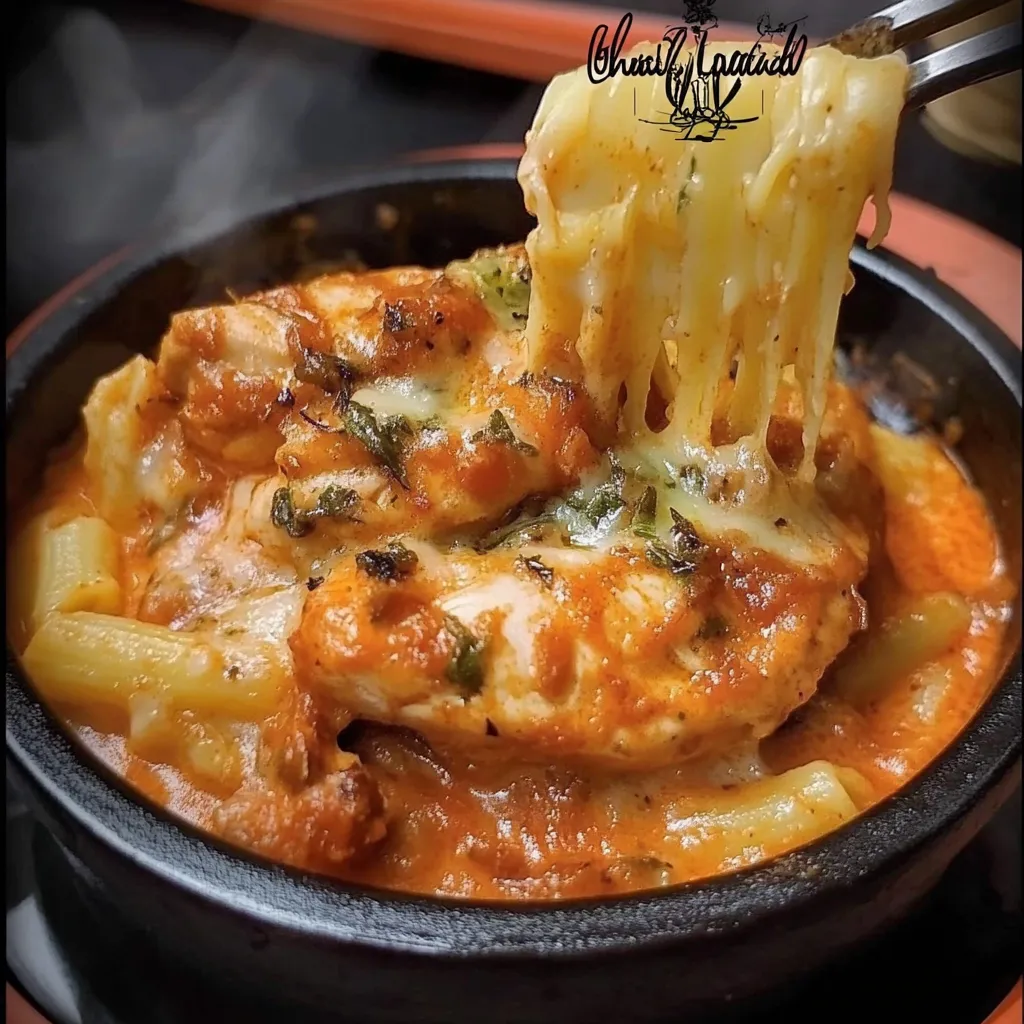 Save
Save
This creamy spicy seafood pasta combines succulent shrimp and tender mussels with a rich, spicy sauce that coats every bite of pasta perfectly. The dish strikes that irresistible balance between luxurious creaminess and just the right amount of heat.
I first created this recipe when I wanted to surprise my partner with something special for our anniversary dinner at home. The combination of seafood and spice was such a hit that it's now our go-to celebration meal whenever we want something that feels indulgent without requiring hours in the kitchen.
Ingredients
- Shrimp fresh is best, but frozen works well when thawed properly. Look for plump, firm shrimp with a mild ocean scent
- Mussels these add a wonderful briny flavor that elevates the entire dish. Make sure they're properly cleaned before using
- Heavy cream creates the silky base for our sauce. Use full-fat for the richest texture
- Parmesan cheese adds nutty depth and helps thicken the sauce. Freshly grated melts much better than pre-packaged
- Cayenne pepper provides that signature heat that balances the richness. Start with less and add more to taste
- Pasta short shapes like rotini catch more of the delicious sauce in their ridges
Step-by-Step Instructions
- Cook the Pasta
- Bring a large pot of water to a rolling boil, add a generous amount of salt until it tastes like seawater. Add your pasta and cook according to package directions until al dente. Reserve a cup of pasta water before draining, as the starchy water can help adjust sauce consistency later if needed.
- Sauté the Seafood
- Heat a large skillet over medium-high heat and add olive oil. Once shimmering, add minced garlic and cook for 30 seconds until fragrant but not browned. Add the shrimp, season with salt, pepper and paprika, and cook just until they turn pink and start to curl about 2 minutes per side. If using precooked mussels, add them during the last minute just to warm through.
- Make the Sauce
- Using the same pan with all those delicious seafood flavors, reduce heat to medium and add butter. Once melted, add onions and additional garlic, cooking until translucent about 3-4 minutes. Add tomato paste and stir for 1 minute to caramelize slightly. Pour in the heavy cream slowly while stirring constantly. Let the sauce simmer gently until it starts to thicken, about 3-5 minutes. Gradually sprinkle in the Parmesan while continuing to stir until completely melted. Add cayenne pepper to your desired spice level.
- Combine
- Return the cooked seafood to the pan with the sauce. Add the drained pasta and toss everything together gently until thoroughly coated. If the sauce seems too thick, add a splash of the reserved pasta water to reach your desired consistency. Finish with fresh herbs scattered throughout.
 Save
Save
This dish reminds me of my grandmother's cooking—she always said the secret to great seafood pasta is not overcooking the shrimp. She taught me to watch for that perfect moment when they just turn pink and curl into a C shape, not an O shape (which means they're overcooked). That single tip transformed how I prepare this dish.
Making Ahead and Storage
This pasta is best enjoyed immediately after cooking when the sauce is creamy and the seafood is perfectly tender. If you need to make components ahead, consider preparing the sauce base (without cream) and cooking the seafood separately. When ready to serve, heat the sauce, add cream, combine with freshly cooked pasta and seafood.
Leftovers can be stored in an airtight container in the refrigerator for up to 2 days. When reheating, do so gently over low heat with a splash of cream or milk to revive the sauce. Microwave reheating works in a pinch but may change the texture of the seafood.
Ingredient Substitutions
This recipe welcomes many adaptations based on preference or availability. Scallops make an excellent substitute for either shrimp or mussels. For a more budget-friendly version, use just one type of seafood rather than both. Plant-based eaters can use coconut cream instead of heavy cream and nutritional yeast in place of Parmesan.
The spice level is completely adjustable. Red pepper flakes provide a different kind of heat than cayenne, while smoked paprika adds warmth without intense spiciness. For a completely mild version that children might prefer, omit the hot spices entirely and focus on the garlic and herbs for flavor.
The Perfect Pairing
This rich pasta dish pairs beautifully with a crisp green salad dressed simply with lemon and olive oil to cut through the creaminess. A side of garlic bread is perfect for soaking up every last bit of the delicious sauce. For wine lovers, a chilled glass of Pinot Grigio or unoaked Chardonnay complements the seafood wonderfully without overwhelming the flavors.
Recipe FAQs
- → What can I substitute for heavy cream in this pasta dish?
Coconut cream makes an excellent dairy-free alternative that maintains the sauce's rich texture. For lighter options, try half-and-half mixed with a little cornstarch, or Greek yogurt thinned with milk. Each alternative will slightly alter the final flavor profile, with coconut cream adding a subtle tropical note.
- → Can I use frozen seafood instead of fresh?
Absolutely! Frozen seafood works perfectly in this dish. Thaw completely and pat dry before cooking to prevent excess water from diluting the sauce. If using pre-cooked frozen seafood, add it toward the end of cooking just long enough to heat through, preventing it from becoming tough and rubbery.
- → How can I adjust the spice level?
Customize the heat by adjusting the cayenne pepper and chili flakes. For mild flavor, omit the cayenne and use just a pinch of chili flakes. For medium heat, follow the recipe as written. For extra spicy, increase cayenne to 1/2 teaspoon and add red pepper flakes as a finishing touch. You can also substitute the tomato paste with spicy chili sauce or add a dash of hot sauce.
- → What pasta shapes work best with this sauce?
Short pasta shapes with ridges or crevices work best as they trap the creamy sauce. Besides rotini, excellent options include fusilli, penne, farfalle (bow ties), or conchiglie (shells). Long pasta like fettuccine or linguine can also work well but provide a different eating experience, with the sauce coating the strands rather than filling cavities.
- → Can I prepare any components ahead of time?
You can prepare several components ahead of time to streamline cooking. Clean and prep seafood up to 24 hours in advance (store refrigerated). The cream sauce can be made up to 2 days ahead and gently reheated before adding pasta and seafood. Cook pasta ahead of time, toss with a little oil to prevent sticking, and refrigerate. For best flavor and texture, complete the final combining step just before serving.
- → How do I store and reheat leftovers?
Store leftovers in an airtight container in the refrigerator for up to 2 days. Reheat gently over low heat with a splash of cream or milk to revitalize the sauce, as direct high heat can cause separation. Microwave on 50% power in short intervals, stirring between each. Note that seafood texture may change slightly upon reheating, becoming a bit firmer.
